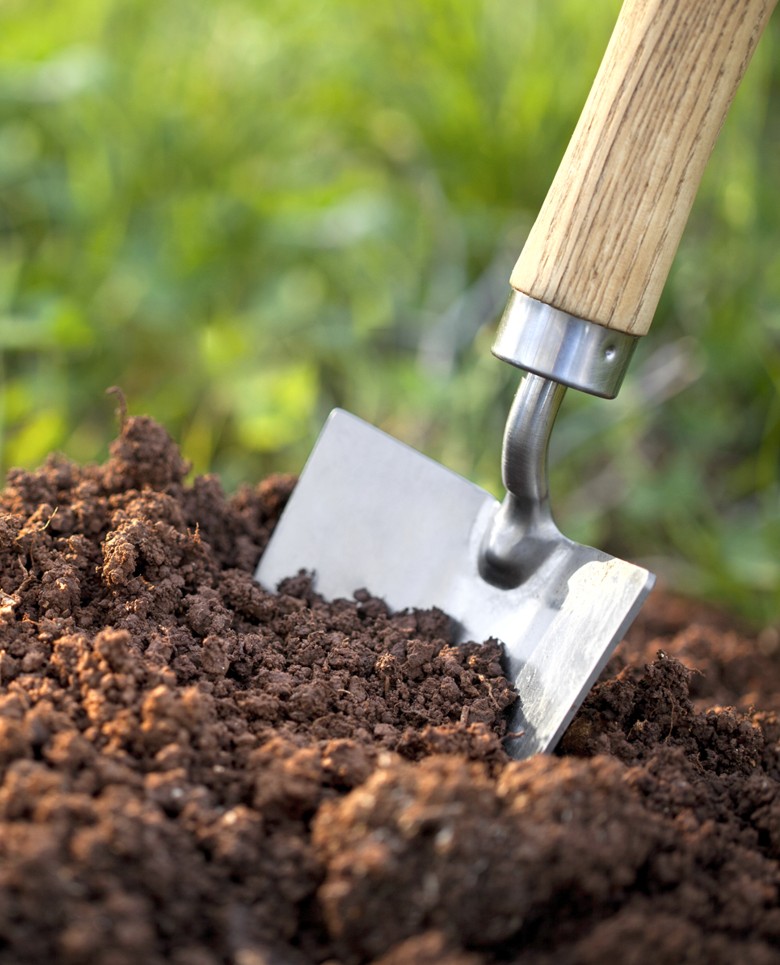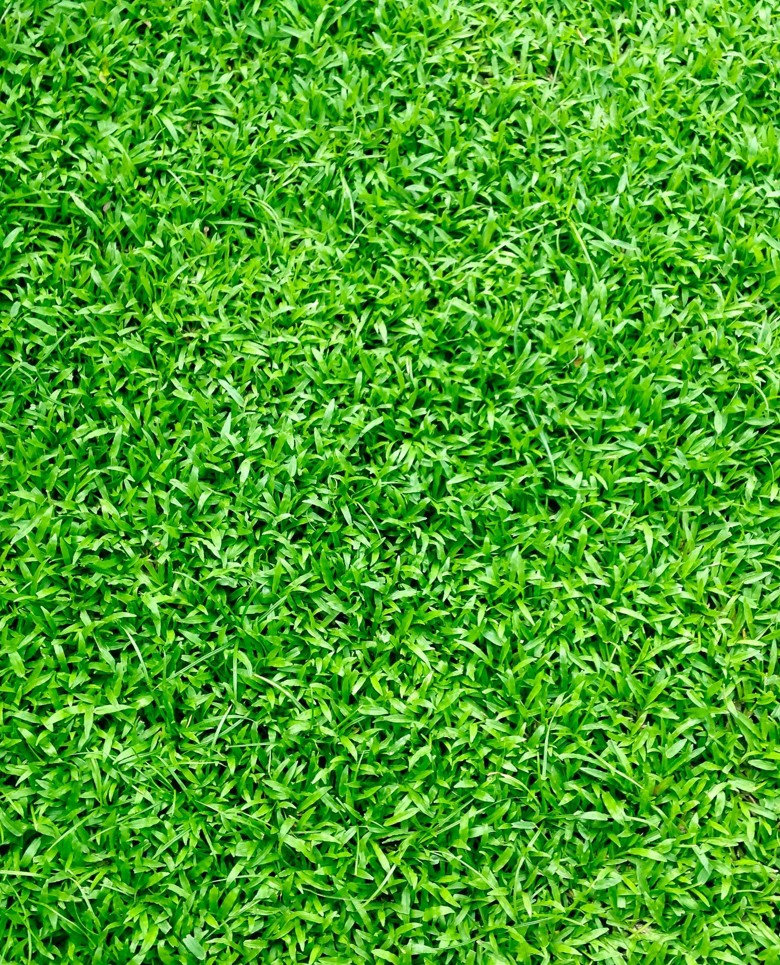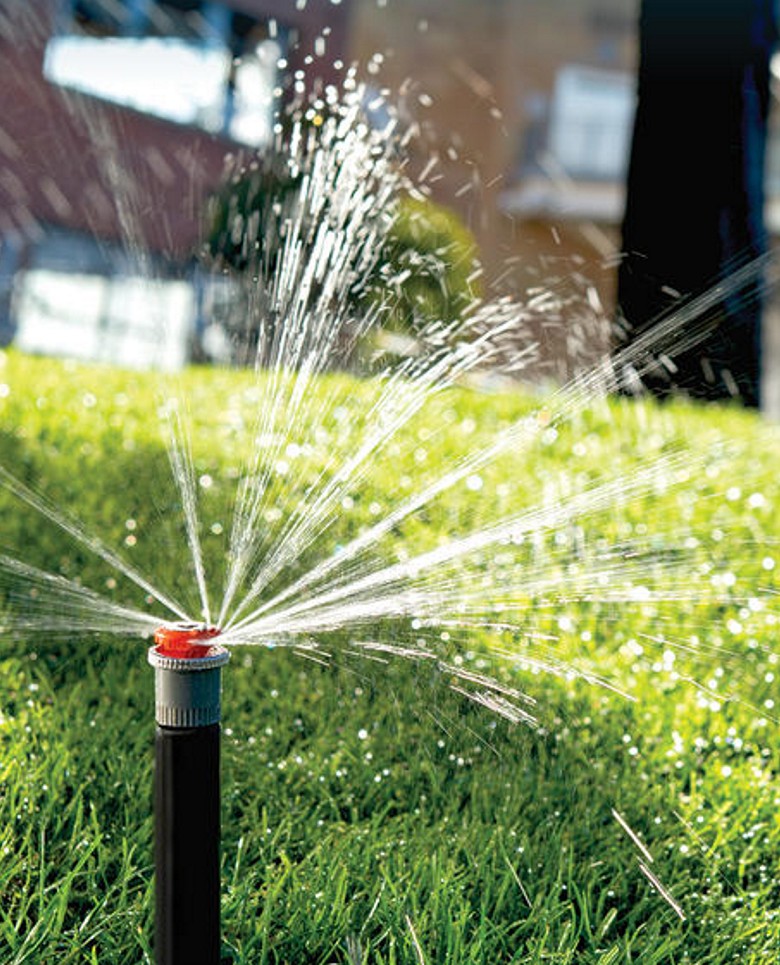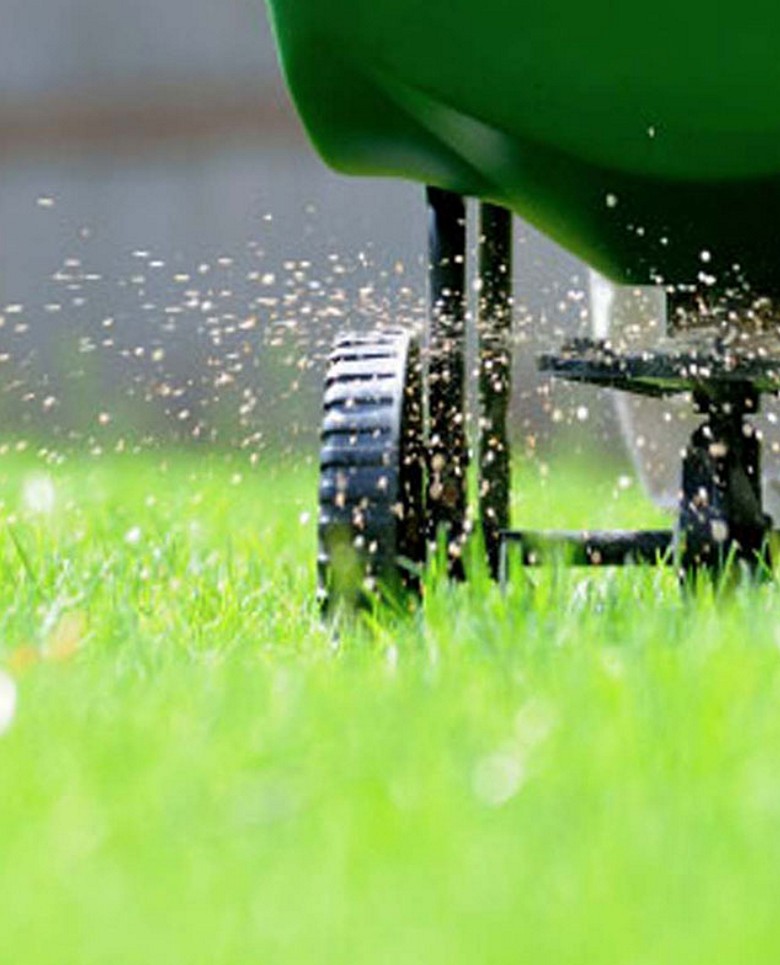How your lawn can be an environmental hero and a water purification system with proper turf management practices:
Here at Anrik Irrigation Lawn sprinklers and irrigation systems of Nashua NH, we know that well-maintained lawn and landscapes can add 5 to 7 percent to a property's value. But did you know that a dense, healthy turf is an environmental hero? According to a recent Gallup survey, a growing number of Americans—23 percent—do recognize the environmental benefits of turf.
You can do your part for the environment in your own yard!
A key environmental benefit of a healthy lawn is improved water quality. Lawns help keep our lakes and streams clean by allowing rainwater to filter into the soil rather than running into storm sewers, sometimes washing away valuable soil. Healthy, dense lawns absorb rainfall, preventing run-off and erosion. Let us help you with quality irrigation and lawn sprinkler installation and service, as well as these tips.
Here are a few pointers:


Soil
Consider having your soil sampled and analyzed. Make sure your soil has the correct pH level and key nutrients for healthy growth.


Grass
Only use name, improved variety mixtures or blends that grow well in your climate, meet your quality expectations and can accommodate your lawn activities (like heavy use by children at play).

Mowing
Mow at the highest recommended height and mow often, never removing more than one-third of the leaf surface. Keep lawn mower blades sharp and grass-cycle. Grass-cycling, or leaving clippings on the lawn when you mow, allows nutrients to return to the soil.


Watering
Rule of thumb: water deeply but not too often. In general, watering should moisten the soil to a depth of 4 to 6 inches. This requires an application of a half inch of water on coarse, sandy soil, and 1 inch on heavy or fine-textured soil. Too much water can cause water quality and grass problems, increasing the chance of fungus, or runoff and leaching of nutrients. And, it's a waste of our precious water resources.



Fertilization and Pest Control
Be sure to apply the right kind and amount of fertilizer and/or pest control products at the right time, and only when needed. Follow all label instructions and precautions. Remember to calibrate your fertilizer spreader. Don't exceed the per/1,000 square feet recommendations for each lawn care product.


Calibrate your sprinkler output
Calibrate your water sprinkler using tin cans spaced throughout the lawn to estimate how many inches of water is applied to the lawn for your watering cycle.
According to scientific research, turf promotes high populations of microorganisms in the thatch layer and topsoil. These microorganisms break down impurities, making turf an excellent water filter.
Studies at several nationally recognized universities have documented that well-managed turf has the greatest capacity for absorbing and holding water than any other ground cover. The result is less runoff, and better water quality.
In the pamphlet "Healthy Lawn, Healthy Environment," the Environmental Protection Agency noted turf's environmental qualities:
“Thick grass prevents soil erosion, filters contaminants from rainwater, and absorbs many types of airborne pollutants, like dust and soot. Grass is also highly efficient at converting carbon dioxide to oxygen, a process that helps clean the air"
